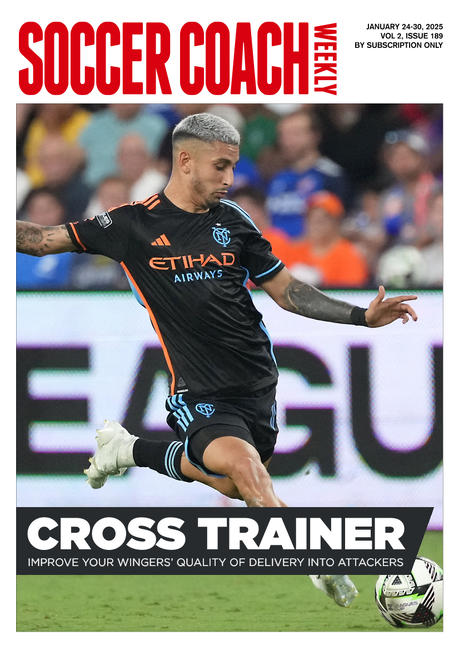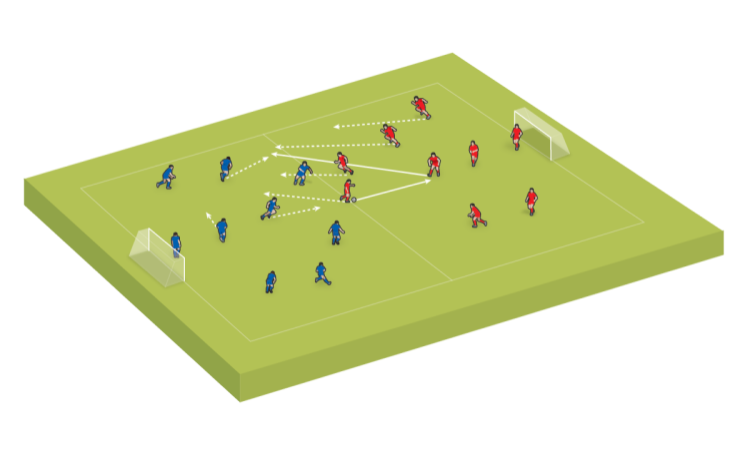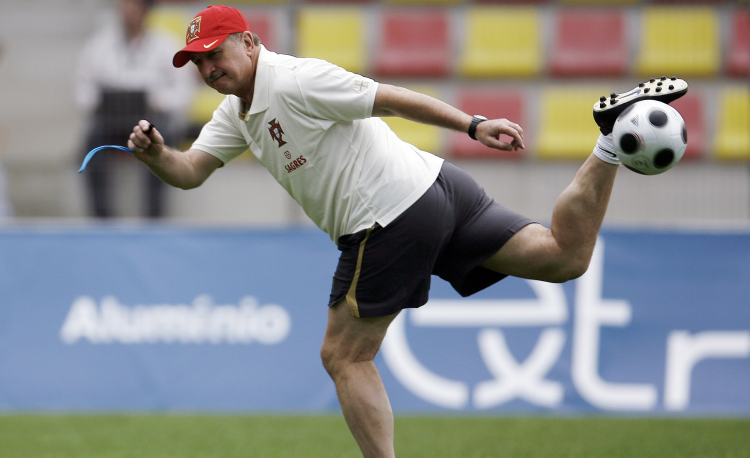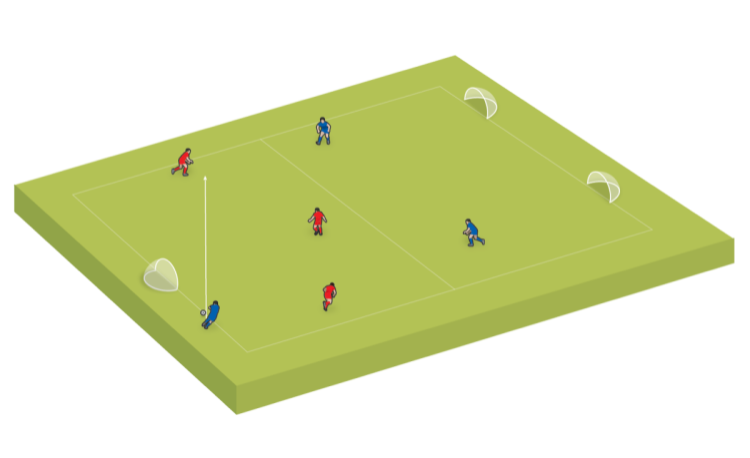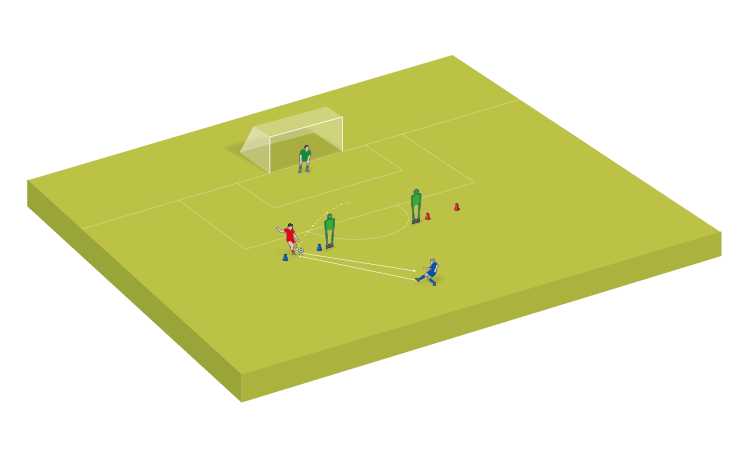How I have adapted to limited training space
Constraints can be an opportunity to coach differently, says Steph Fairbairn.
Most grassroots coaches know good training space – that mirrors the size and surface your team plays matches on – is at a premium.
Whether you are in a remote village or a congested city, finding suitable areas for practice has its challenges - particularly the competition for, and cost of, some facilities, and even whether there are floodlights for the winter months.
This impacts coaches as much as players. It can be difficult to plan your sessions if your space does not reflect one on which your players get competitive.
The under-13s girls team I coach compete in a nine-a-side league, with matches played on various grass pitches across south London on Sunday mornings.
We train, however, on a weekday evening on a concrete surface the size of a junior basketball court, which is surrounded by a metal fence – many players call it ‘The Pen’.
We usually have 15 to 20 players attend each session, which can make it a bit of a squeeze. But I draw on one vital attribute we’re meant to be as coaches: adaptability.
Having coached there for two years now, I’ve learned to design sessions accordingly, and focus on what can be done in the space, rather than be frustrated about what can’t.
I try to look beyond the space as a like-for-like comparison. In other words, the court is not always the pitch.
Sometimes it can be flipped on its side to be the final third, sometimes it can be the right wing. I try to take scenarios and snapshots from the game and map them onto the space.
We also focus a lot on small-sided games. One of the benefits of it being a basketball court is that it has a lot of markings, often eliminating the need for lots of cones.
Split into three thirds, these can be used for 1v1s, 2v2s and 3v3s, giving players lots of time on the ball. The fence can often be used to our advantage, as a surface to bounce the ball off and work on close control.
The size of the space means I can often run my session involving all players but, if we want to go into a bigger-sided game, I will usually split the players into three or four teams and then rotate.
This ensures things aren’t too crowded and helps from a safety perspective, but also offers the players having a rest the chance to catch up and bond with team-mates.
Goalkeeper is the hardest position to deal with on a hard surface. Sometimes, my goalkeeper forgets where she is and dives for the ball, leaving me to clean up a bloody knee.
"We train on concrete surrounded by a metal fence. Many players call it ’The Pen’..."
Luckily, diving is one of her strengths, so at training we focus on things more appropriate for the space: catching, handling and kicking.
Other coaches have suggested buying some thick mats or padding to put down in the keeper’s area to allow her to dive or go onto her knees if required.
When Sunday morning arrives, I do a few things to make the transition from concrete to grass as smooth as possible.
I use the warm-up to make sure the players get a feel for the ball on grass and compete a bit more physically, something they are more reluctant to do in our training space.
I also remind them what the differences will be: the ball will travel a bit slower and bounce a bit lower; they will need to put their foot behind it when challenging; and they won’t get away with doing as many drag backs as they do at training!
Moving forward, we’re looking to secure one Saturday session a month on grass. But, for the foreseeable future, most of our training will still be done in The Pen.
That means thinking a bit harder about my sessions, something which can only help me develop as a coach.
If you’re coaching under constraints, whether it be space or something else, I challenge you to see it as an opportunity, rather than a limitation.
Related Files
Newsletter Sign Up
Coaches Testimonials

Gerald Kearney, Downtown Las Vegas Soccer Club

Paul Butler, Florida, USA

Rick Shields, Springboro, USA

Tony Green, Pierrefonds Titans, Quebec, Canada
Subscribe Today
Discover the simple way to become a more effective, more successful soccer coach
In a recent survey 89% of subscribers said Soccer Coach Weekly makes them more confident, 91% said Soccer Coach Weekly makes them a more effective coach and 93% said Soccer Coach Weekly makes them more inspired.
*includes 3 coaching manuals
Get Weekly Inspiration
All the latest techniques and approaches
Soccer Coach Weekly offers proven and easy to use soccer drills, coaching sessions, practice plans, small-sided games, warm-ups, training tips and advice.
We've been at the cutting edge of soccer coaching since we launched in 2007, creating resources for the grassroots youth coach, following best practice from around the world and insights from the professional game.


